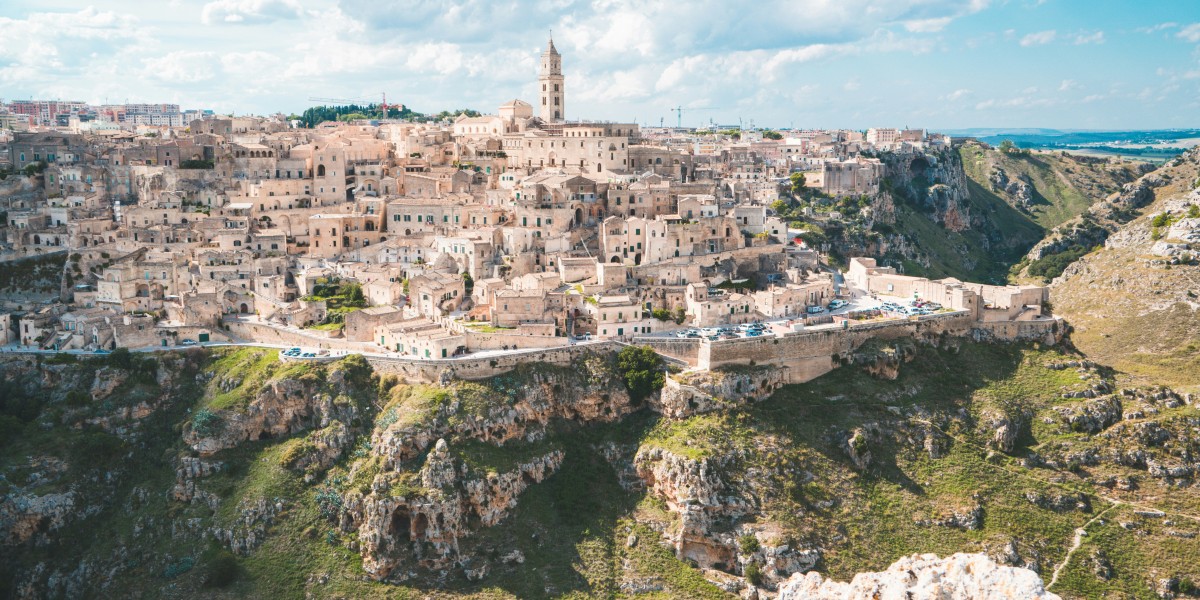
Italy currently boasts an incredible 60 UNESCO World Heritage sites, which is more than any other country on the planet. They aren't all ancient ruins, either. The sites fall into a few categories. Most are 'cultural' sites, which makes sense for Italy, given its incredible history. This includes several UNESCO-protected city centres. Then you have breathtaking 'natural' sites, chosen for their sheer beauty or unique geology.
With so many incredible sites to choose from, knowing where to begin can feel overwhelming, so here's a list of 10 that you should put on your bucket list.
- The Historic Centre of Rome
- The Dolomites: a natural Italian UNESCO masterpiece
- Venice and its lagoon
- The Historic Centre of Florence
- Archaeological areas of Pompeii, Herculaneum and Torre Annunziata
- The Amalfi Coast
- Rock drawings in Valcamonica
- Cinque Terre: a colourful coastal world heritage site
- The Sassi and the Park of the Rupestrian Churches of Matera
- The Historic Centre of Siena
The Historic Centre of Rome
The city of Rome is called the 'Eternal City' for a reason. Its history stretches back over 2,500 years, from the legendary Roman Empire to the Renaissance and beyond. The entire historic centre is a UNESCO site, home to some of the most influential art and architecture in human history, like the colossal Colosseum, the Roman Forum, and the Pantheon. It's one of those places that truly shaped the world as we know it.
Tip: the best way to see Rome is on foot, but the ancient cobblestones are no joke. Wear the most comfortable shoes you own. Also, book your tickets for the Colosseum and Vatican Museums online weeks in advance to skip the gargantuan queues.
The Dolomites: a natural Italian UNESCO masterpiece
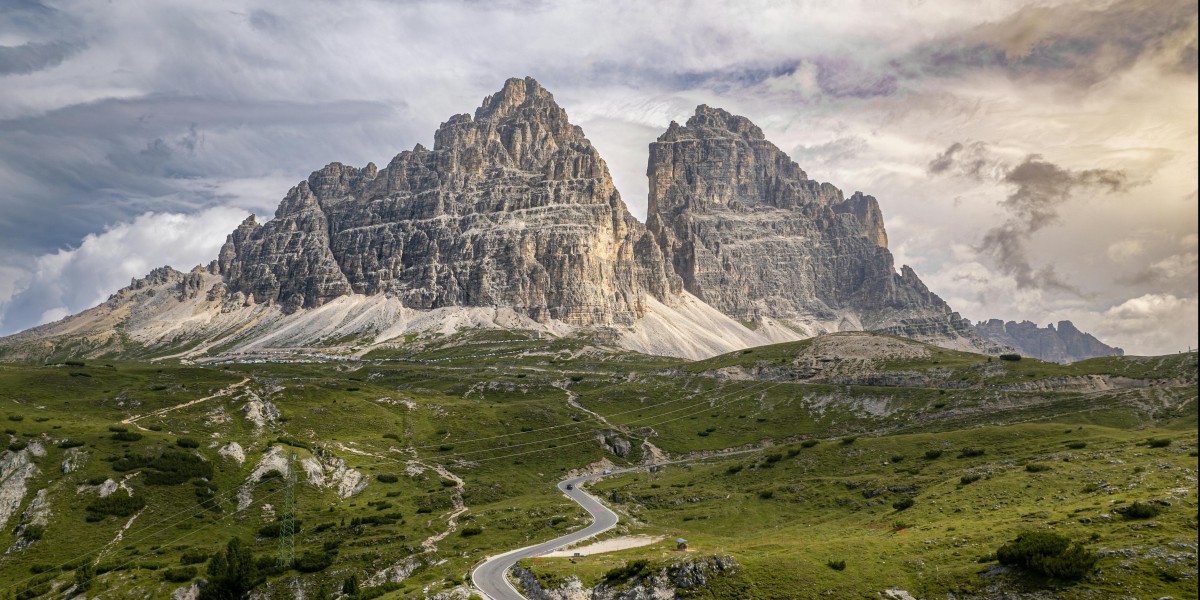
For a change of pace from ancient stones, look to the mountains. The Dolomites, in northeastern Italy, are a UNESCO site for their staggering natural beauty. They are often called the 'Pale Mountains' because of their unique carbonate rock that gives them a whitish colour. However, the real magic happens at sunrise and sunset when they glow with a fiery pink and orange light—a phenomenon called Enrosadira. They are considered some of the most beautiful mountain landscapes anywhere in the world.
Tip: you don't have to be a pro hiker to enjoy the views. Take one of the many cable cars, like the one up to the Seceda ridgeline, for jaw-dropping panoramas.
- Property for sale in the Dolomites area
- Long-term rentals in the Dolomites area
- Holiday rentals in the Dolomites area
Venice and its lagoon
Building a city of marble palaces on top of 118 small islands in a lagoon is an astonishing feat of human ingenuity. It rose to become a major maritime power, and its influence on art, architecture, and trade was immense. The city of Venice is a protected masterpiece, a unique artistic achievement where even the smallest building might contain works by world-renowned artists like Titian or Tintoretto.
Tip: the best thing you can do in Venice is get lost on purpose. Step away from the crowds clogging the path between the Rialto Bridge and St. Mark's Square and wander down a random alley or cross a tiny bridge.
The Historic Centre of Florence
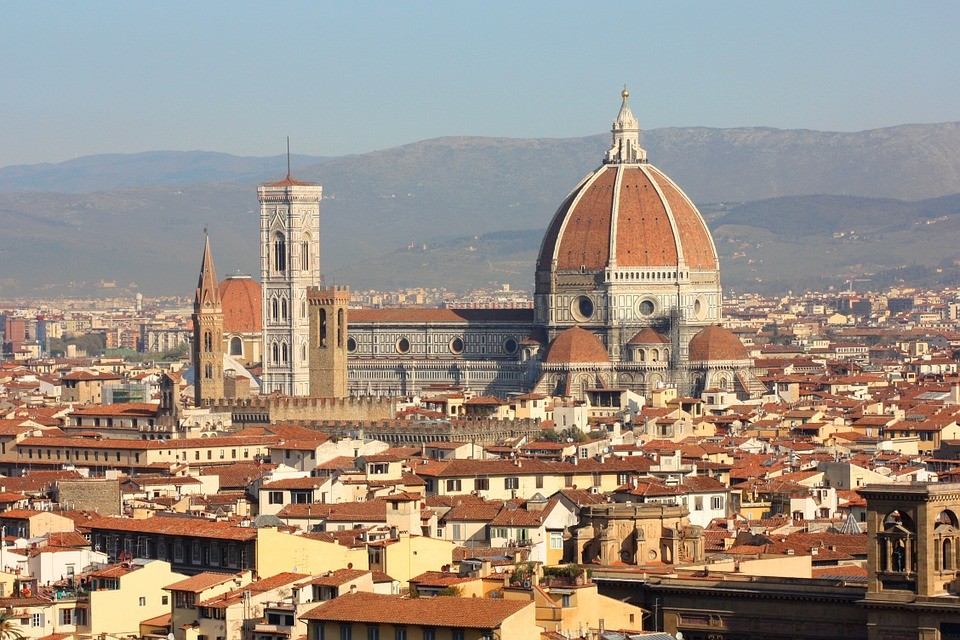
Recognised as the birthplace of the Renaissance, this city was bursting with creative energy for about 250 years, which changed Western culture forever. The city of Florence is protected for its overwhelming concentration of art and architecture, from Brunelleschi's magnificent Duomo to Michelangelo's David and Botticelli's Birth of Venus in the Uffizi Gallery.
Tip: Do not just show up expecting to get into the Uffizi Gallery or the Accademia to see David. Book your tickets online as far in advance as possible.
Archaeological areas of Pompeii, Herculaneum and Torre Annunziata
When Mount Vesuvius erupted in 79 AD, it buried the bustling Roman cities of Pompeii and Herculaneum in a thick blanket of ash and pumice. It was a terrible tragedy, but it also created a time capsule. The site provides an unparalleled, freeze-framed snapshot of Roman life. You can walk through streets, peek into homes with their vibrant frescoes still on the wall, and see bakeries and bars exactly as they were left two thousand years ago.
Tip: Pompeii is huge and can be overwhelming. If you're short on time, consider visiting the smaller site of Herculaneum instead. It was buried in a different type of ash, which preserved wooden structures and other organic materials much better.
- Property for sale in Costiera Vesuviana
- Long-term rentals in Costiera Vesuviana
- Holiday rentals in Costiera Vesuviana
The Amalfi Coast
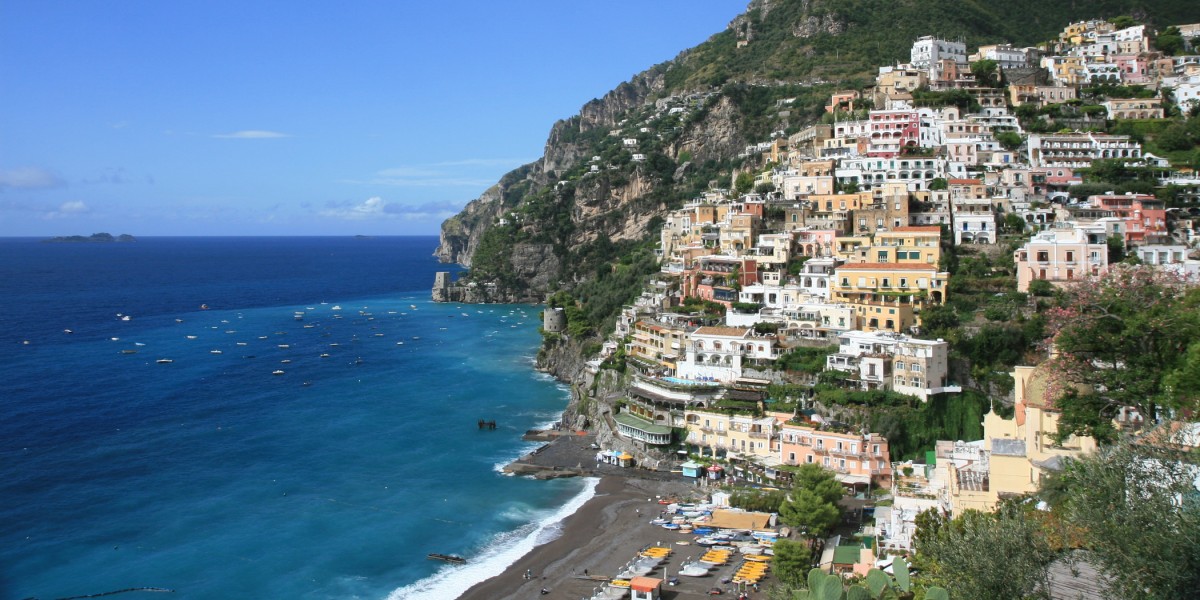
This is the Italy you see on postcards, with views that just don't seem real. The Amalfi Coast is a stunning stretch of coastline where mountains plunge dramatically into the sparkling Mediterranean Sea. Towns with pastel-coloured houses, like Positano and Amalfi, cling precariously to the cliffs. It earned its UNESCO status as an outstanding example of a Mediterranean landscape, where local people have cleverly terraced the steep slopes to grow vineyards and lemon groves for centuries.
Tip: if you visit in summer, avoid driving the narrow coastal road yourself—it's a stressful crawl of traffic. Take the local ferries instead. They connect all the main towns, are relatively cheap, and give you the best possible views from the water.
- Property for sale on the Amalfi Coast
- Long-term rentals on the Amalfi Coast
- Holiday rentals on the Amalfi Coast
Rock drawings in Valcamonica
This was the very first place in Italy to be named a UNESCO site, way back in 1979. In this alpine valley, you'll find one of the world's greatest collections of prehistoric petroglyphs—over 140,000 symbols and figures carved into the rock. They were created over 8,000 years, depicting scenes of daily life, rituals, and mythology.
Tip: to avoid getting overwhelmed, focus your visit on the Naquane National Park of Rock Engravings near Capo di Ponte. It has the highest concentration of the most detailed and well-preserved carvings.
Cinque Terre: a colourful coastal world heritage site
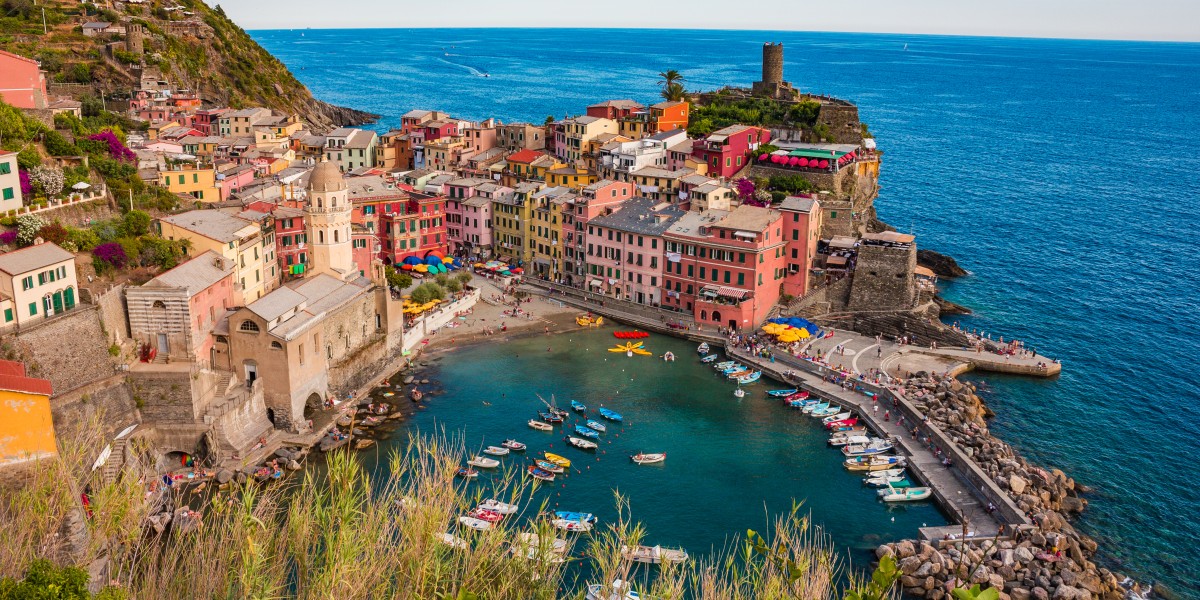
The name of this UNESCO World Heritage site means "Five Lands," and it refers to five breathtakingly beautiful fishing villages perched along the cliffs of the Italian Riviera. The reason it's protected isn't just the pretty houses; it's the thousands of kilometres of dry-stone walls built over centuries to create terraces for farming grapes and olives on an incredibly steep and difficult landscape.
Tip: the hiking trails connecting the villages are the main attraction. Before you go, buy a "Cinque Terre Card", which covers train travel between the towns and access to the paid hiking paths.
The Sassi and the Park of the Rupestrian Churches of Matera
Matera, in southern Italy, is famous for its "Sassi"—a complex of cave dwellings carved right into the rock. It's one of the oldest continuously inhabited settlements in the world, with people living here since the Palaeolithic era. It's the most outstanding and intact example of this type of settlement in the Mediterranean, showing how people adapted perfectly to their terrain and resources.
Tip: spend a night in one of the many "cave hotels." They are beautifully renovated, modern, and comfortable inside, but you get the incredible feeling of sleeping in a home that people have used for thousands of years.
The Historic Centre of Siena
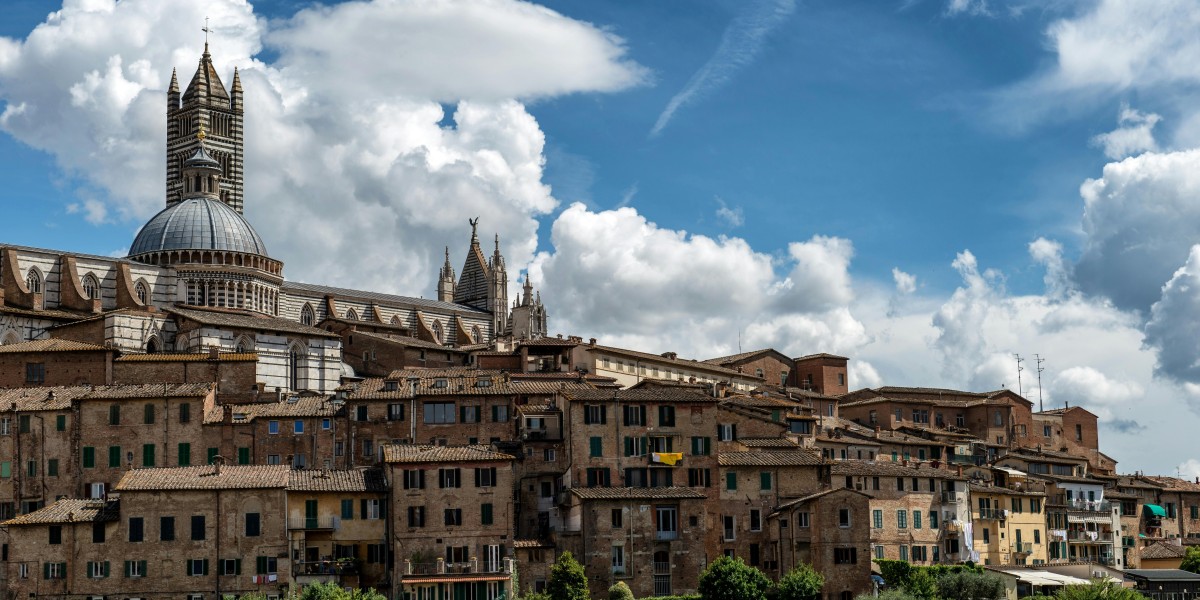
While Florence had the Renaissance, its rival, Siena, perfected the Gothic era. Siena is a stunning medieval city that feels like it's been preserved in amber. Its heart is the magnificent, fan-shaped Piazza del Campo, famous for its wild Palio horse race.
Tip: go to the Piazza del Campo twice. First, in the afternoon, to soak up the bustling atmosphere with a coffee or an Aperol Spritz. Then, go back late at night when the crowds have gone. It’s completely magical and quiet, and you can appreciate its incredible architecture under the lights.
